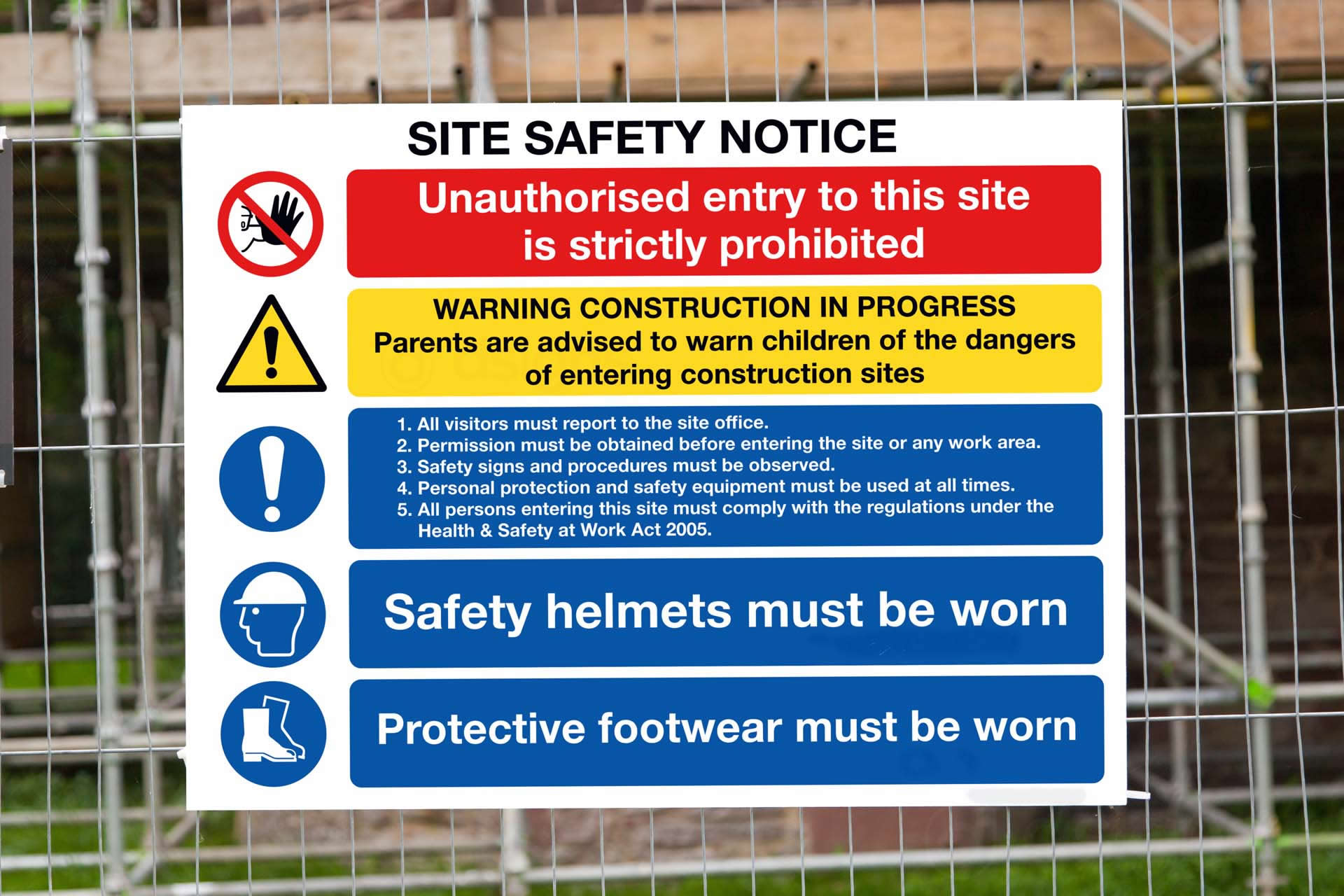
Safety signage has evolved greatly over the years, beginning with standards being developed by the American National Standards Institute – ANSI (formally ASA), OSHA – Occupational Safety & Health Act, CSA – Canadian Standards Association and other standards organizations throughout the world. They set standards for colors, signage design, materials, symbols and more to ensure that safety signage could be read easily and convey the message necessary to keep workers safe in the workplace.
As signs have evolved, safety in the workplace has increased as workers are warned to wear hearing protection or eye protection, keep out of areas that contain a hazardous gas or slippery surface, or where the eye wash station is located. Clear and concise signage is a must for all workplaces.
With technology advancing every day, it is becoming easier and easier to make custom signs geared to specific hazards or messages for your workplace. It is important to ensure that all of your safety signage convey messages clearly for them to be understood and obeyed in light of this new technology. This technology allows safety managers to keep pace with changing standards, as well as provide unique details regarding their facility to keep workers safe. It is also nice to add a corporate logo to keep signage uniform and attractive.
One way to ensure that your signage program has kept up to the pace of changing standards and uniformity within your facility is to include a safety signage audit with your safety walk-throughs within your facility. If you are already checking for safety hazards, include a safety signage audit sheet with your safety committee folks who are walking through your facility so they can ensure you are up-to-date and signage is clear and concise. Alternatively, a Wintex Safety Team Member would be more than happy to walk your facility with their custom safety signage audit sheet and provide feedback to your safety committee.
Remember, an ounce of prevention is worth a pound of cure. If simple sign can help save a worker from being injured, the cost of that ounce of prevention far outweighs the cost of the pound of cure!
